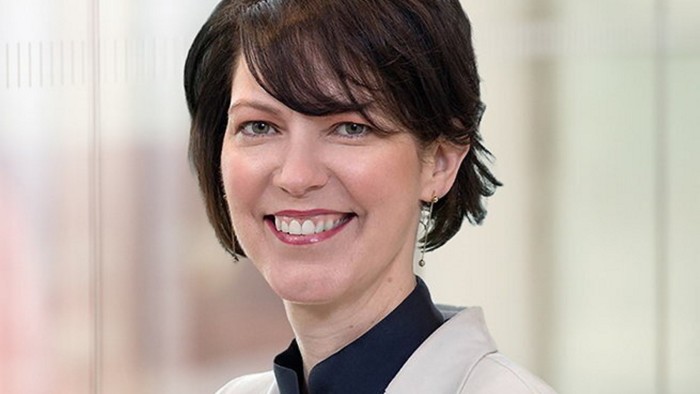Unlock the Editor’s Digest for free
Roula Khalaf, Editor of the FT, selects her favourite stories in this weekly newsletter.
In stormy weather, the ship’s captain can do little about the wind, waves and salt spray. The best that can be asked of them is that they maintain an approximate idea of where they are headed, and a firm hand on the tiller.
In a similar vein, Diageo’s choppy performance amid a downturn in the drinks market is unlikely to have been the only reason for outgoing chief executive Debra Crew’s ousting. Yes, declining sales and plunging stock prices will not have helped. But Diageo, whose shares have fallen 43 per cent since Crew’s appointment two years ago, has performed broadly in line with its sector. Shares in Pernod Ricard and Brown-Forman have shed more than half over the same period.
The bigger issue is that Crew herself struggled to convey the appearance of being fully in control. She started off on the wrong foot, spooking the market early on in her tenure with a profit warning which related to slowing sales in Latin America and the painful destocking of excess inventory. Investors wondered whether the company could have spotted flagging demand sooner.
Diageo’s decision to walk back from its 5-7 per cent medium-term growth target earlier this year contributed to the feeling of a company adrift. Finally, Diageo has again begun to lose share in the critically important US market, underperforming the sector even excluding the pre-mixed cocktails segment.

The group will now be looking for a new chief executive, and has appointed highly regarded finance officer Nik Jhangiani in the interim. But while it is helpful to have a leader who commands the respect of investors, most of Diageo’s troubles stem from an industry-wide malaise.
Investors hope that flagging alcohol demand in developed markets is a cyclical response to pandemic-era excesses. If consumption does recover, Diageo should be reasonably well positioned to benefit, given its heft and popular brands such as Guinness and Don Julio. Indeed, analysts at Jefferies reckon a guidance range of 3-6 per cent annual revenue growth between 2027 and 2029 might be achievable.
The bigger question for drinks behemoths is, what happens if alcohol sales are being hammered, at least to some extent, by wider changes? Much has been made of new social norms, the younger generation’s changing relationship with booze, and even the impact of weight-loss drugs. Investors will still look to the ship’s captain for direction. Crew may not be the last industry executive to walk the plank.



